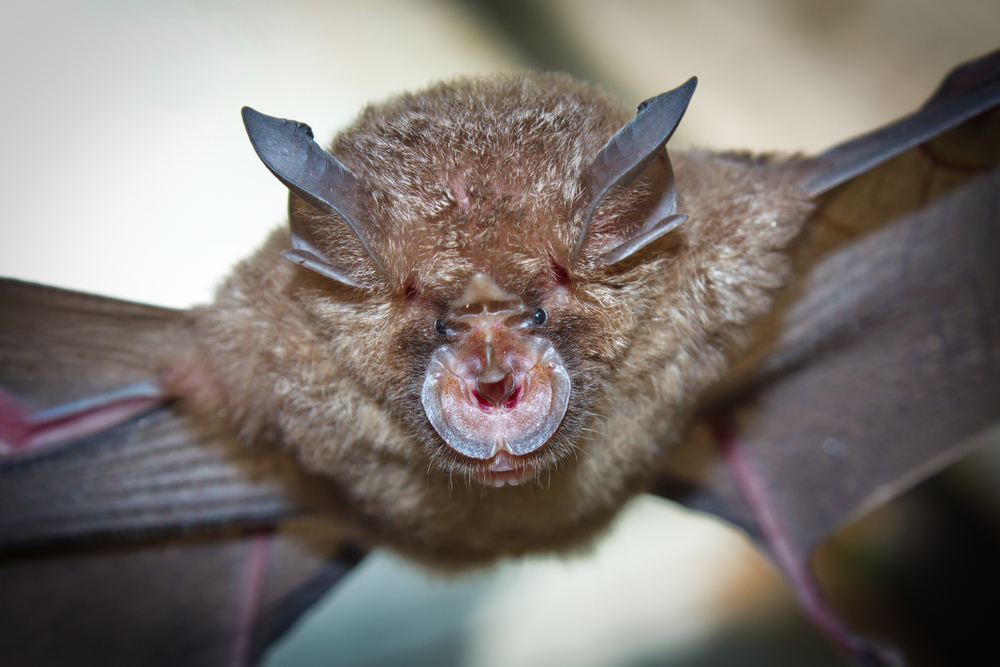Conservation
Nature relies on a rich diversity of organisms to keep it in balance. Conservation plays a key role in ensuring that environmental equilibrium is preserved. Learn about the solutions spearheading our efforts to promote biodiversity, safeguard vital ecosystems, and protect endangered species.

The James Dyson Award: a call to young inventors
The Optimist Daily has written about many winners of the James Dyson Award. This is an international design award that celebrates, encourages, and inspires the next generation of design engineers. It is open to current and recent design engineering students and is run by the James Dyson Foundation, Read More...

And the results from the World Nature Photography competition are in
Our world is a beautiful place inhabited by extraordinary creatures. Thankfully, there are skilled photographers who dedicate their lives to capturing precious moments in nature so that the rest of us can get a peek into other hidden worlds. The World Nature Photography Awards (WNPA) is a Read More...

How biochar can mitigate carbon from farmlands to urban centers
Biochar has long been hailed in the environmental community as a potent solution for mitigating certain aspects of climate change, from fixing soil erosion to upping water absorption and pulling carbon out of the atmosphere. Now, there is a growing list of industries that might improve their Read More...

Nepal opens its first bird sanctuary in a win for endangered species
Good news for endangered bird species around the world as Nepal has just opened the first official bird sanctuary in the country.The protected area is home to about a dozen bird species, including the great hornbill and the Indian spotted eagle. These bird species are globally threatened. In a bid Read More...

How to help the ocean from anywhere
We all have one big thing in common these days: the changing climate. We are all united by this because it will affect all of us, be it in the form of winter storms, drought, or sea-level rise. The good news is that we can all affect the climate too, in a positive way. Even living in the Midwest, Read More...

Czech zoo names newborn rhino “Kyiv” in support of Ukraine
The Dvur Kralove Zoo in the Czech Republic celebrated the rare event of the birth of a critically endangered eastern black rhinoceros earlier this month. This special occasion was given even more meaning when the zoo decided to name the rhino calf “Kyiv,” which is the name of the capital city Read More...

Supporting beavers and our ecosystems
At The Optimist Daily, we’ve written a great deal about the benefits beavers bring to their environment and the importance of restoring their populations in certain areas. Beavers are often vilified in certain communities for the same reason they’re such iconic North American creatures: they Read More...

Kenyan sanctuary welcomes five mountain bongos
The average person hears the word “bongo” and thinks of a pair of small Afro-Cuban hand drums with which one can play fun and danceable rhythms. Bongos are also extremely rare antelopes native to Kenya that haven’t been spotted in the wild in almost 30 years. Bongos used to roam free Read More...

Scientists rediscover “comical” bat species feared extinct for 40 years
Scientists have sighted a critically endangered bat species in Rwanda that was feared extinct for more than 40 years since it was last seen. While they called it a delightful discovery. The researchers who found the Hill’s horseshoe bat in Rwanda’s Nyungwe forest said the bat remains highly Read More...

To watch out for predators, voles trim the grass around them
Here at The Optimist Daily, we commonly report on new ecological findings from animals all around the world. The more scientists uncover about the behavior and lives of the creatures we share the world with the better able we are to help them. Whether that’s uncovering snow monkeys incredible Read More...


